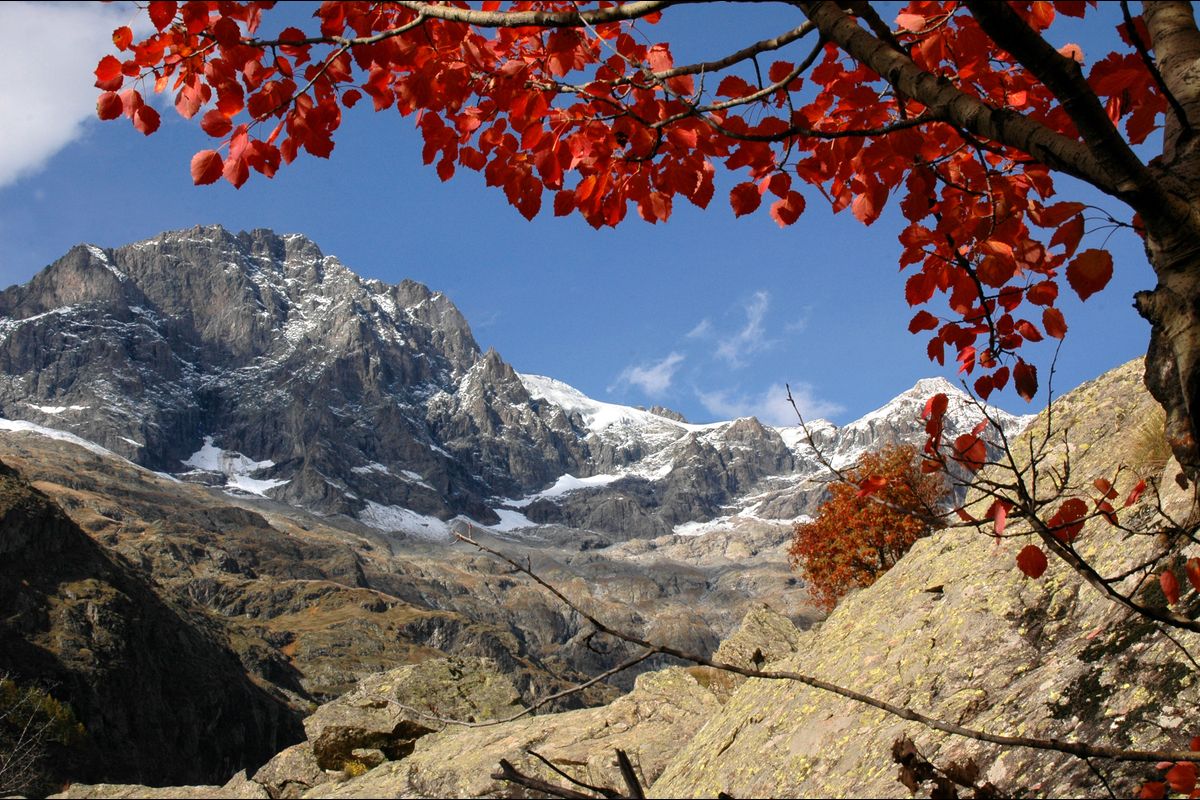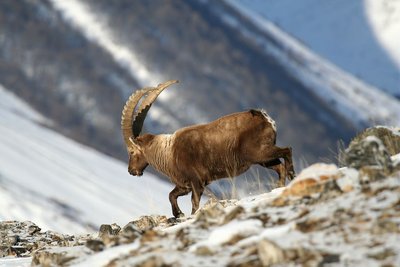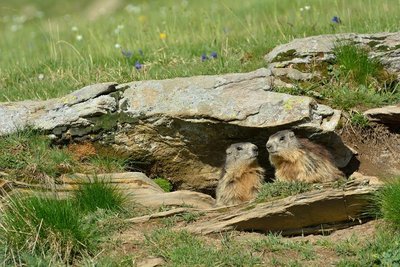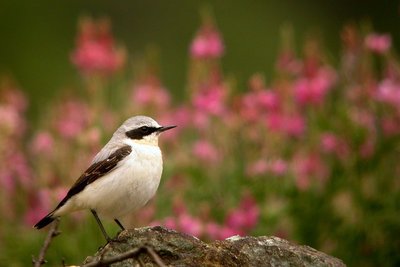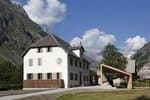7. From the Refuge de Vallonpierre to the Sentier du Ministre car park
Make the most of this final evening in a refuge to share this alpine experience, to relive it step by step. Although you have to leave these magical places behind you tomorrow, luckily the Massif des Écrins offers a multitude of other routes for hikers looking for escape.
Tommy Bulle
Description
- A few metres further on, turn left. A sign indicates the direction to the Refuge de Gioberney, which you should follow. The path leads to the edge of an ancient moraine and runs past a small shepherd's hut. Then, a section of twists and turns cut into the slope leads to a footbridge which marks the end of the descent. A flock of sheep can sometimes be seen grazing here. But boars are responsible for completely churning up the alpine pasture.
- Follow the signpost towards the Refuge du Gioberney. The path rises gently through boulder.
- Comes to an intersection from where the descent continues.
- Continue straight ahead. The path follows the contour line up to the Ministre car park... the end of this seven-day escape in Valgaudemar!
- Departure : Refuge de Vallonpierre
- Arrival : Ministre car park
- Towns crossed : La Chapelle-en-Valgaudemar
7 points of interest
 Hut
HutThe Vallonpierre refuge
A small lake, pretty meadows and the benevolent Sirac... This magical setting would lead to the construction of a refuge at an altitude of 2270 m in 1942. However, it was a victim of its own success and in 2000 the decision was made to build a second, bigger one. It can accommodate 37 instead of 22. This new building was the first modern mountain refuge to be built using stones on site rather than imported materials. It copies the simplicity and the crow-stepped gable from the "small refuge" which has been kept as lodgings for a warden's helper. Fauna
FaunaAlpine ibex
The species had almost completely disappeared from the French Alpine regions, and they survived thanks to our Italian neighbours, the kings of Savoy. Until the mid-15th century, they were still to be seen, but they were not wary of mankind and were hunted for their meat. Superstitious medical practice at the period also hastened their decline: their horns were ground into powder and used as a remedy for impotence, while the cross-shaped bone over their hearts was thought to ward off sudden death.
Successfully reintroduced into the Vanoise area in 1960, they were also brought back into the Champoléon valley over 20 years ago.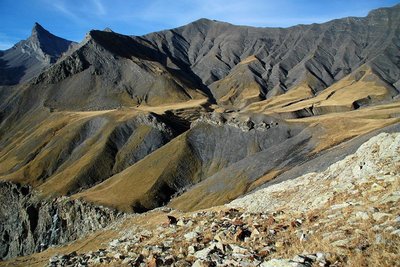
Vallon Plat, Col de Vallonpierre, Aiguille de Morges - Bernard Guidoni - PNE  Geology and geography
Geology and geographyImpressive geology
From chabournéite, the native mineral of Valgaudemar, to the crystalline rock from the Sirac's gneiss, from the hollow of Vallonpierre made in sedimentary rock to the show that is given by the shale and tuffs on the Chevrettes pass, this circuit will take you back in time. The folds and the colours appear before you like an impressionist’s work of art. Fauna
FaunaMarmot
A high-pitched whistle sounds in the mountain pastures it is the cry of the marmot on guard, warning its companions of the arrival of imminent danger from the sky. Any inattentive creature failing to take note should beware a golden eagle will carry them away in its talons to feed its young.
Native to the Alpine grassland, colonies of marmots live with their young until their third year. Gnawing and digging are their favourite pastimes, along with rolling down the slopes. And not forgetting an afternoon nap on a nice, warm rock and their long hibernation between October and March. Fauna
FaunaHigh altitude birds
Autumn is migration season. The mountains, which are too harsh in winter, loses their inhabitants. Some opt for a change in altitude and go lower down the valley or to the coast. This is the case for the alpine accentor, the redstart, the redpoll, or the Eurasian linette. Others head off on a long journey to warmer countries. The Sahara offers a milder winter to the common rock thrush, whinchat and wheatear. The lesser whitethroat will head to the east. In the summer, this fine bunch will meet up again in the mountains. It finds a sanctuary where the diversity of plants and invertebrates is preserved. The alpine pastures seem to be favourable for the reproduction of all of these species that are diminishing and need to be protected.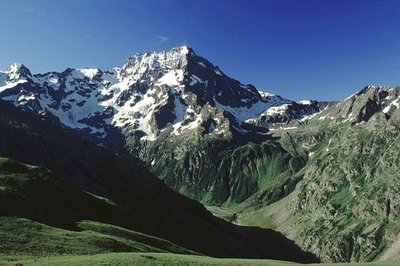
Le vallon de Surette et le Sirac - Olivier Warluzelle - PNE  Flora
FloraVariety of the natural environment
During this walk, you will face all four directions at some point. This feature gives a surprising variety of plant species, from almost Mediterranean vegetation to subalpine species on the north slopes, such as alpine grey willow (see description below). You will walk for some time in scree, then tread on short alpine prairies and its cushion-like plants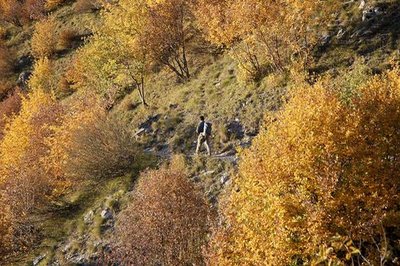
Randonneur sur le sentier du Ministre - Dominique Vincent - PNE  History
HistoryThe Minister's footpath
A strange name for a footpath... Two explanations are given. The first, simply suggests that a minister inaugurated, or at least used, the footpath. The second, which is more likely, explains that donkeys were also known as ministers. Indeed, these animals were priceless to peasants of the time and they were pampered and treated accordingly. This path, which is mostly flat would have been well suited for them, and it would seem logical that it was given this name.
Forecast
Altimetric profile
Information desks
Valgaudemar Park house
Ancien Asile Saint-Paul, 05800 La Chapelle-en-Valgaudemar
Information, documentation and a reception area with permanent and temporary exhibitions. La Maison du Parc is labeled "Tourism and Disability". Free admission. All animations of the Park are free unless otherwise stated.
Source

Report a problem or an error
If you have found an error on this page or if you have noticed any problems during your hike, please report them to us here:

